Lahemaa National Park was the first national park to be established by the former Soviet Union in 1971. It is the largest national park in Estonia and one of the largest in Europe, and has been deliberately kept in a natural, almost wild state, avoiding any kind of invasive maintenance.
Various species of animals live freely within the park, some of which are very rare and protected, including storks and other migratory birds, moose, deer, wolves, bears and lynxes.
Lahemaa, which means “land of bays” in Estonian, is a must-see destination for all nature and animal lovers, but it is also worth a visit, even if only for a day, for anyone passing through Tallinn.
Table of Contents
LAHEMAA NATIONAL PARK: 7 THINGS YOU MUST SEE
Jägala Waterfall
The Jägala Waterfalls are not located within the park itself, but just outside it: coming from Tallinn, you will come across them shortly before reaching the park. In reality, those expecting a spectacular waterfall, as we usually imagine one, will be disappointed: the height is only eight metres, which is considerable only when compared to the completely flat terrain of Estonia. However, they are quite wide, over 60 metres, and have the unique characteristic of not being clear but yellow/rust-coloured, due to the river passing through peat-rich marshes. In the colder months, the waterfall turns into an ice sculpture, ideal for climbing.
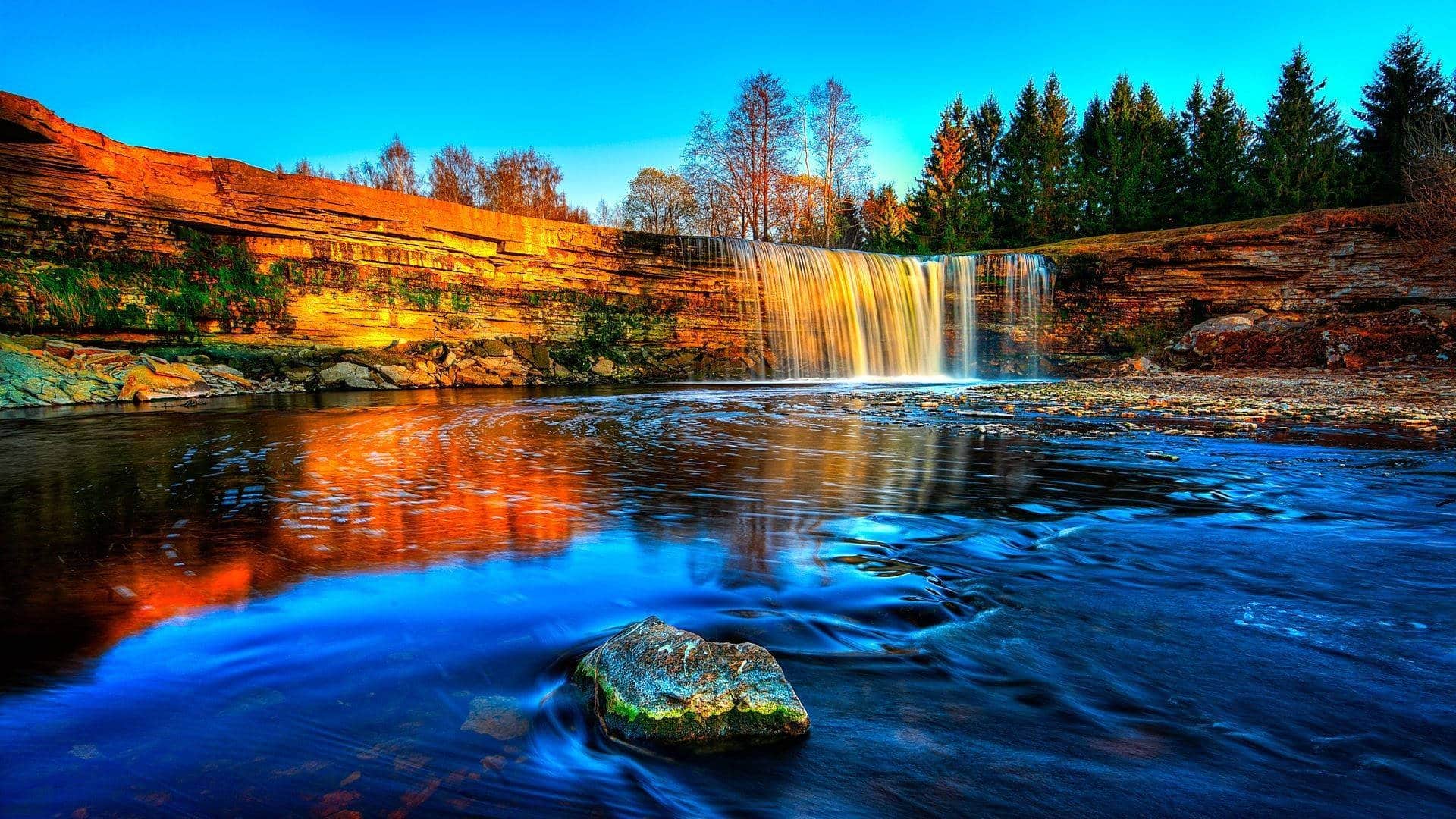
The Viru Bog
The Viru Bog is a vast area of acid peat, forming an unusual, fascinating and evocative natural landscape, one of the most beautiful in the whole of Lahemaa Park. It is an expanse of small lakes alternating with muddy areas, where the high acidity of the water has allowed the development of all those plants that thrive in this type of marshy habitat, especially rosemary, moss and small evergreens. To get a closer look at the atmosphere of the marsh, the best thing to do is to follow the guided trail, which consists of a long series of wooden walkways. The walk may be a little precarious due to the wet and unstable ground, but it allows you to perceive the nuances of colour, the distinctive smells and the incessant movement of the mud. As is often the case in ancient peat bogs, several bog mummies have been found here, very well-preserved human bodies, usually suicides or victims of murder, executions or sacrifices.
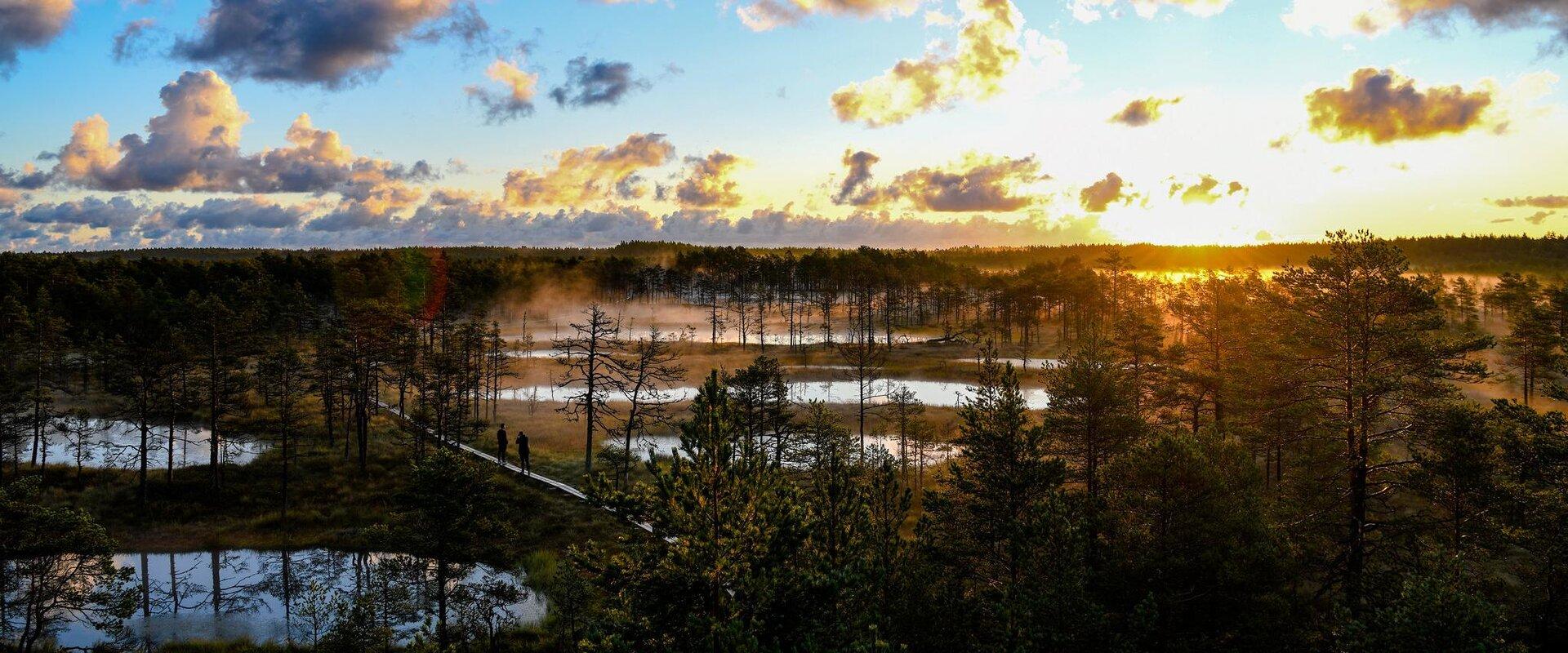
Käsmu Peninsula
Käsmu is an ancient village dating back to the 15th century with an important seafaring tradition thanks to the presence of a school for sea captains that was active until the 1930s. In the past, every family living in Käsmu had at least one sailor. Today, travellers passing through Lahemaa National Park can stop at Käsmu beach and learn about the history and traditions of the village by visiting the small maritime museum. The entire Käsmu peninsula can be explored on foot along a picturesque walk that connects the sea to the forest, passing through ancient ruins, pine forests and even a lake, until you reach Saartneem (Devil’s Island). Along the trail, about 6 km from the village of Käsmu, you will come across a large expanse of erratic boulders: these are huge blocks of rock dating back to the Ice Age, around which fantastic stories and legends have developed.
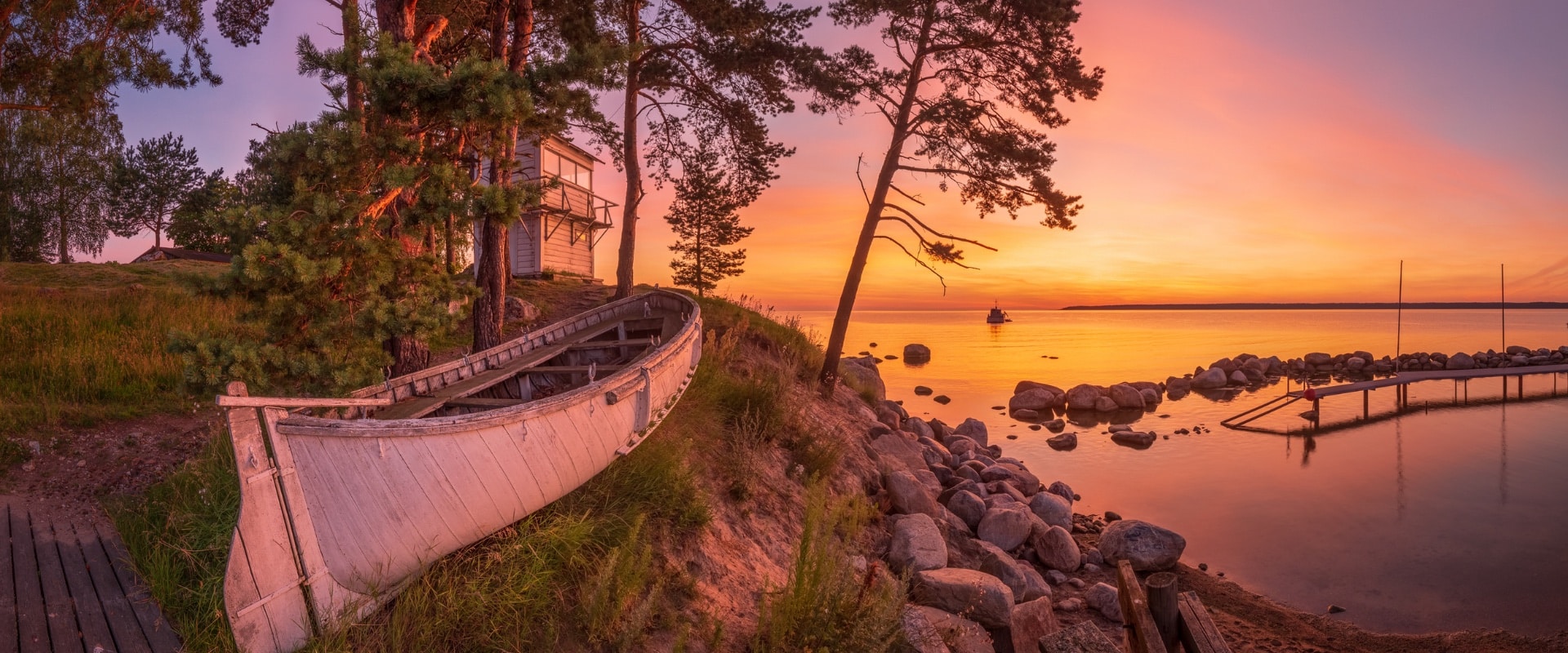
Oandu Nature Trail
Oandu Nature Trail The Oandu Nature Trail is a trekking route about 5 km long, consisting of a wooden walkway that winds through the green forest. It is the ideal walk for nature lovers: in addition to a series of educational information panels, the tracks left by the animals that live freely in the park are clearly visible along the route. However, the route is one-way only, so if you are travelling by car, you will need to park at the starting point and walk the trail in both directions. Alternatively, you can return by bus from Altja, the fishing village, but be sure to check the timetable in advance as buses are quite infrequent.
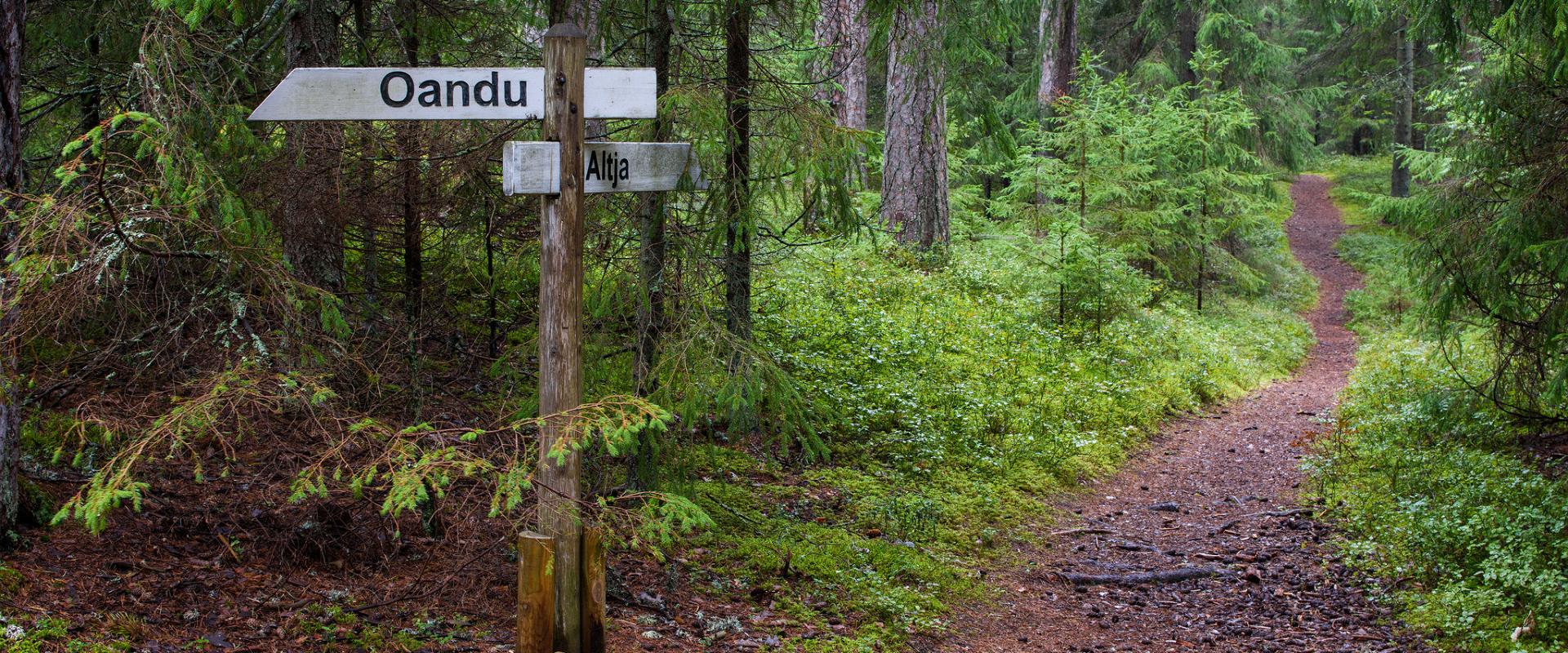
The Beaver Trail
The Beaver Trail is another trekking route suitable for everyone, very short and very easy, which runs along a small stream. It gets its name because the luckiest visitors sometimes manage to see beavers at work, and their dams are always visible. It is about one kilometre long and follows a circular route, ending at the starting point, making it ideal for those travelling by car.
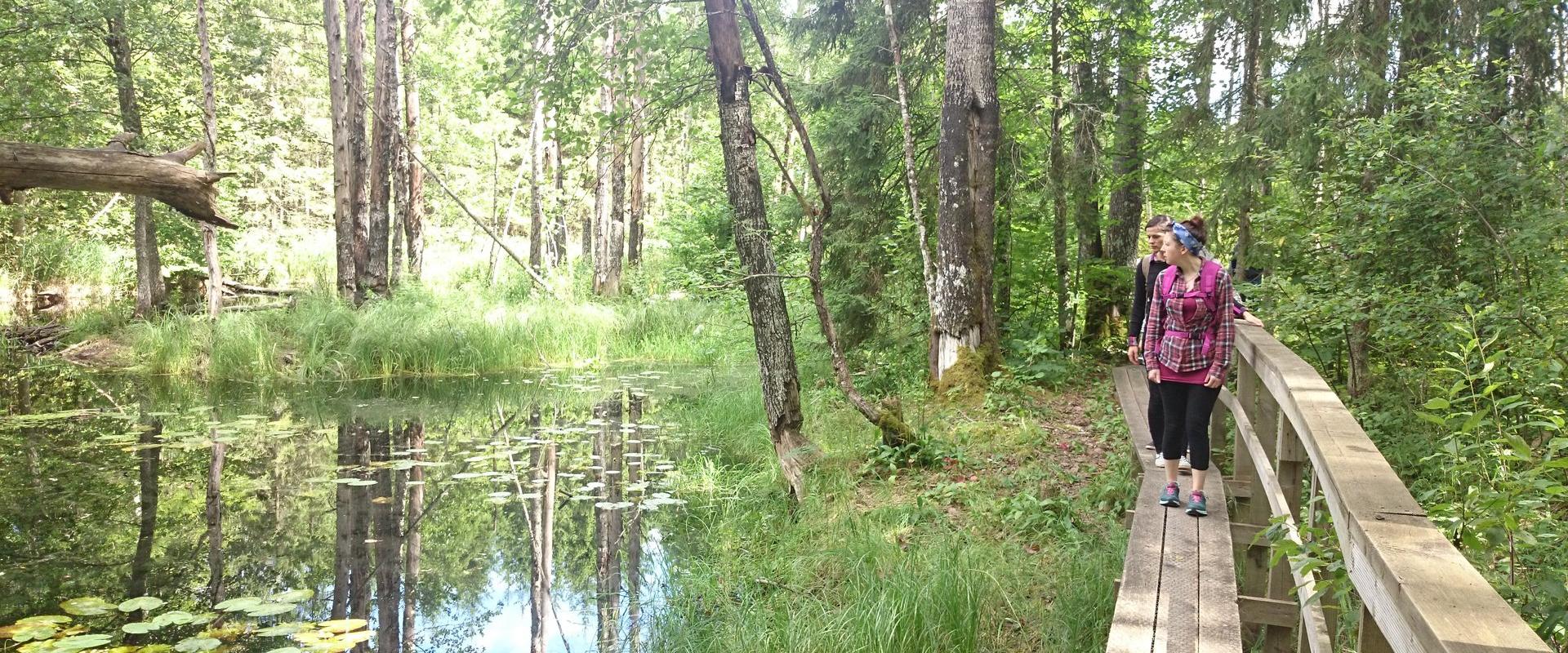
Altja Fishing Village
At the end of the trekking route that starts from Oandu, you arrive at Altja, a picturesque and ancient fishing village. The village of Altja consists of a group of small, charming wooden houses that give the impression of being in another era. It is the best place to spend a few hours in peace and quiet and enjoy the best Estonian specialities offered by the traditional restaurant Altja Kõrts.

The Palmse Manor
The Palmse Manor is an old post station that has had several owners until the establishment of Lahemaa National Park. The heart of the estate is the beautiful 18th-century Baroque manor, which is open to the public and surrounded by a large park with ponds and an orchard. The former carriage house of the Palmse Manor now offers hotel services.
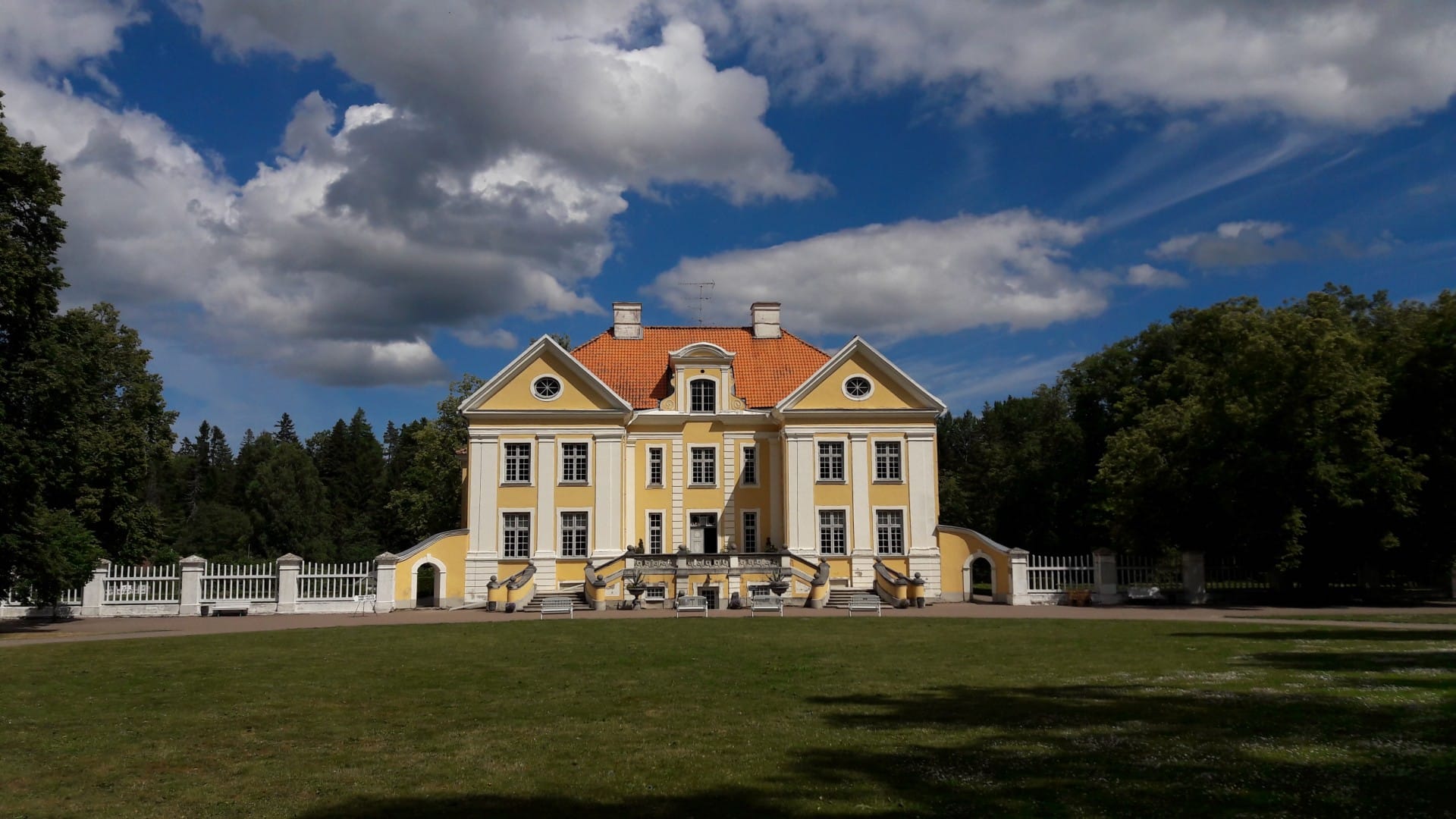
HOW TO GET TO LAHEMAA NATIONAL PARK
Lahemaa National Park is located just over 60 km from Tallinn and is one of the largest and most important natural areas in the entire Baltic region. There are several ways to travel from Tallinn to the park, depending on your time and budget.
The cheapest option is undoubtedly public transport by bus. However, it is necessary to take timetables into account, especially if you do not plan to stay in the park for long, as there are no more than two buses a day. We generally do not recommend travelling by bus, as it is very difficult to fit in everything that is worth seeing in Lahemaa.
The alternative is to take a taxi or hire a car: both options will get you to Lahemaa, although the former is more expensive. A local driver has the advantage of always being able to show you some special sights off the standard tourist routes. However, local car rental companies (such as YesRent) often provide information on recommended places to visit. If you have rented a car at the airport and the information in this guide is not enough, we recommend contacting the tourist information centre in Tallinn, where the staff are very friendly and knowledgeable.
A final option, and one of the most popular, is to reach Lahemaa on a day trip organised by one of the various local tour operators.
A day may be enough to visit the park, unless you are very much into nature or wildlife photography.
WHERE TO STAY IN LAHEMAA NATIONAL PARK
Spending a night in Lahemaa Park is the best way to visit it in peace and quiet, and is undoubtedly a pleasant experience for those who love being in contact with nature.
There are several options: you can stay at the hotel located within the Palmse Estate, in the beautiful Sagadi Manor, in the village of Viinistu next to the museum, or in one of the many residences and guesthouses available throughout the area.
FLORA AND FAUNA
Lahemaa National Park is a fertile place in terms of things to do and see and is perfect for those who want to learn about the flora and fauna of an area. The park is a sanctuary for a large number of animal and plant species. A photo safari with an expert guide is one of the activities available in Lahemaa National Park. Among the most famous animals that can be seen are moose, with their huge antlers.
There are also eagles, wild boars and wolves, while the marshes and woods are home to various species of birds, including eagles and many storks. Lahemaa National Park is one of the areas in Europe with the highest density of black and white storks during the summer season. And one of the best locations in Europe for spotting the Eurasian lynx.
Finally, botany enthusiasts will find the variety of rare and protected plants growing in the park interesting: 900 have been classified to date.
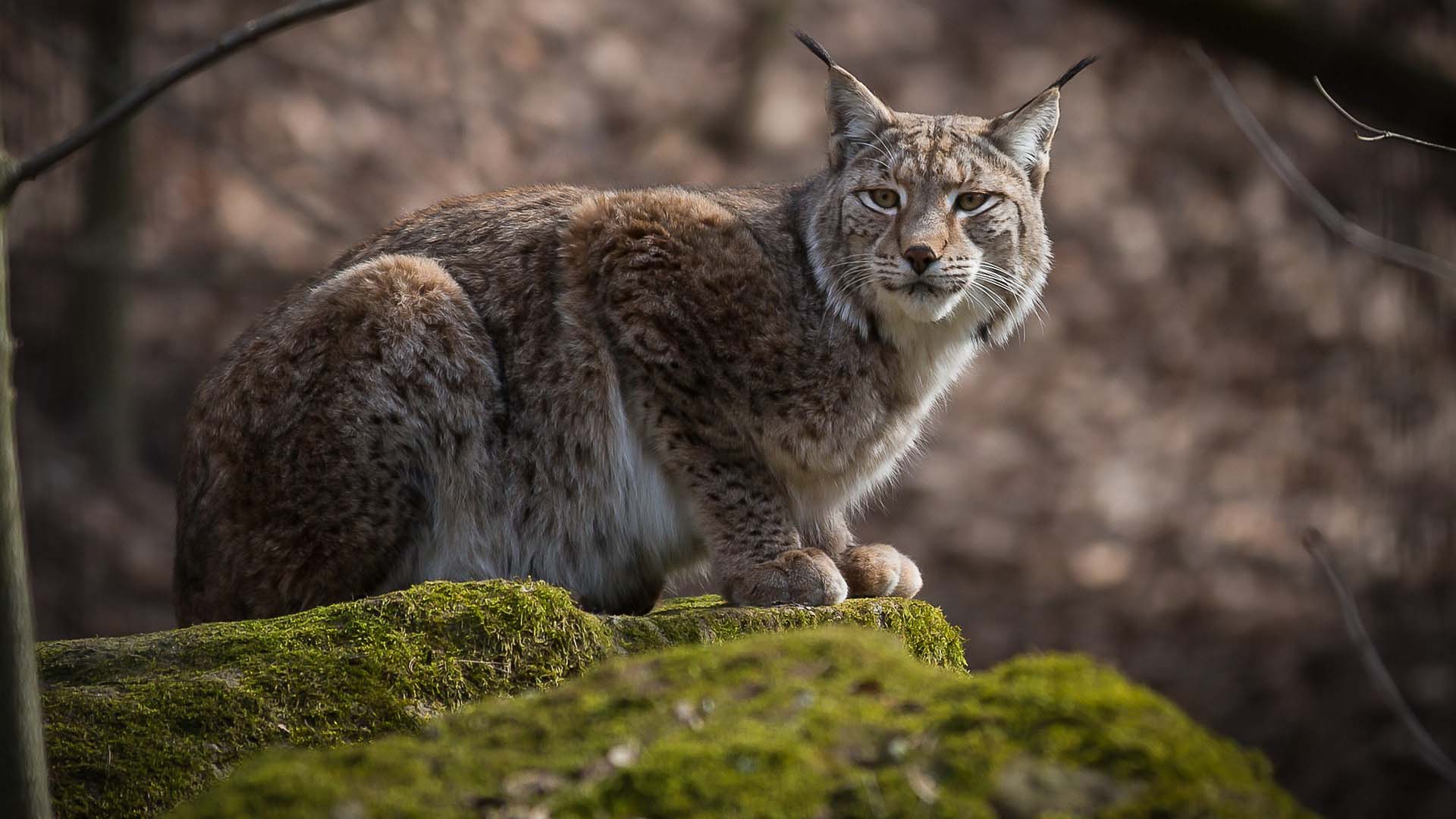
OUTDOOR ACTIVITIES
Lahemaa National Park offers many outdoor activities suitable for all travellers who decide to visit this green area of Estonia. Outdoor activities are one of the main reasons why travellers are drawn to this area. In addition to hiking and birdwatching, it is easy to find bicycles for hire for a tour of Lahemaa National Park. If you are feeling more sporty and adventurous, there are plenty of opportunities to follow trails designed specifically for mountain bikes. Lahemaa National Park also offers plenty of space for horse riding. There are various types of horse trails available and, for this activity too, you can enjoy the company of guides and instructors. During the winter, snowshoeing and cross-country skiing are very popular.
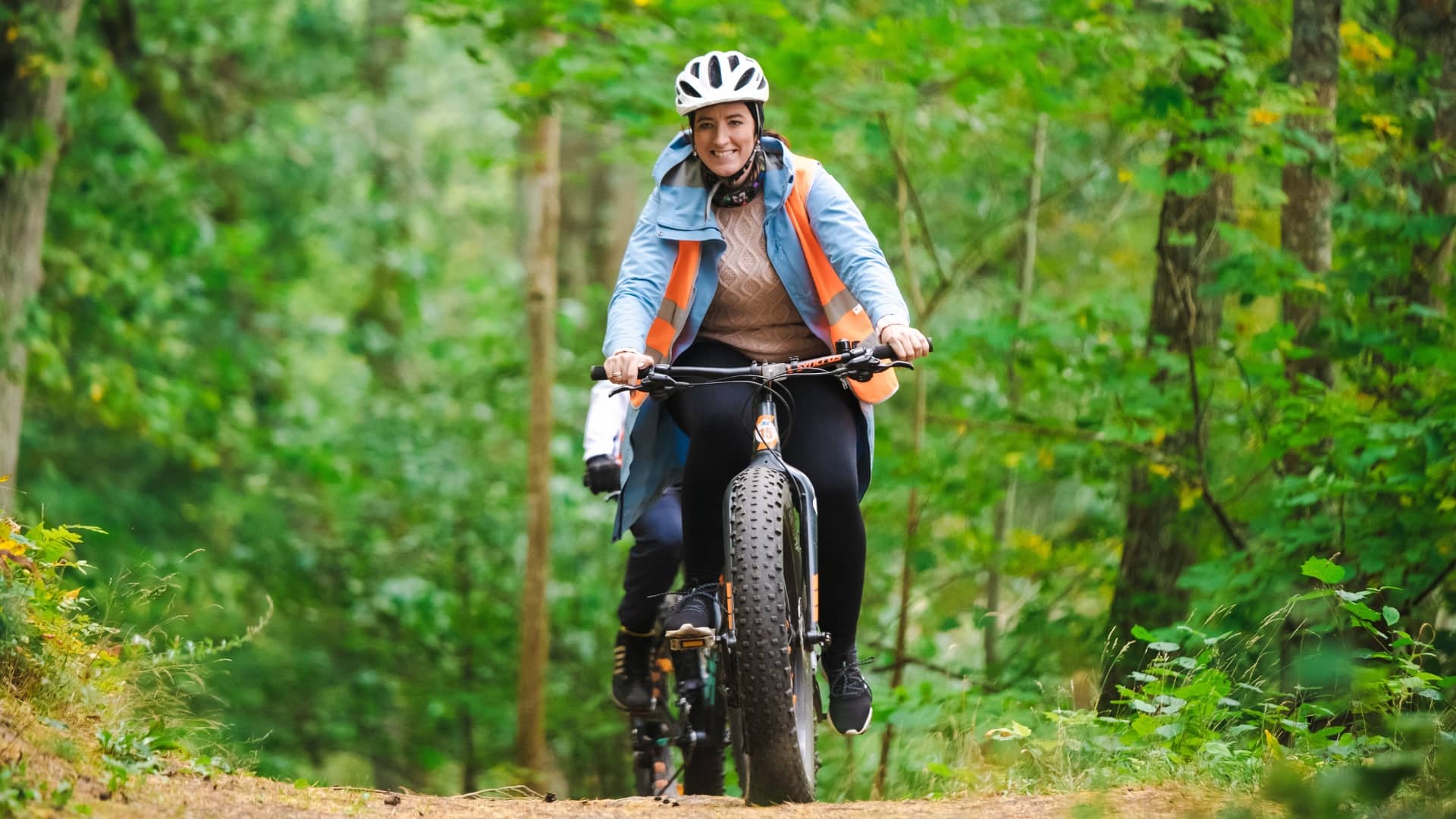

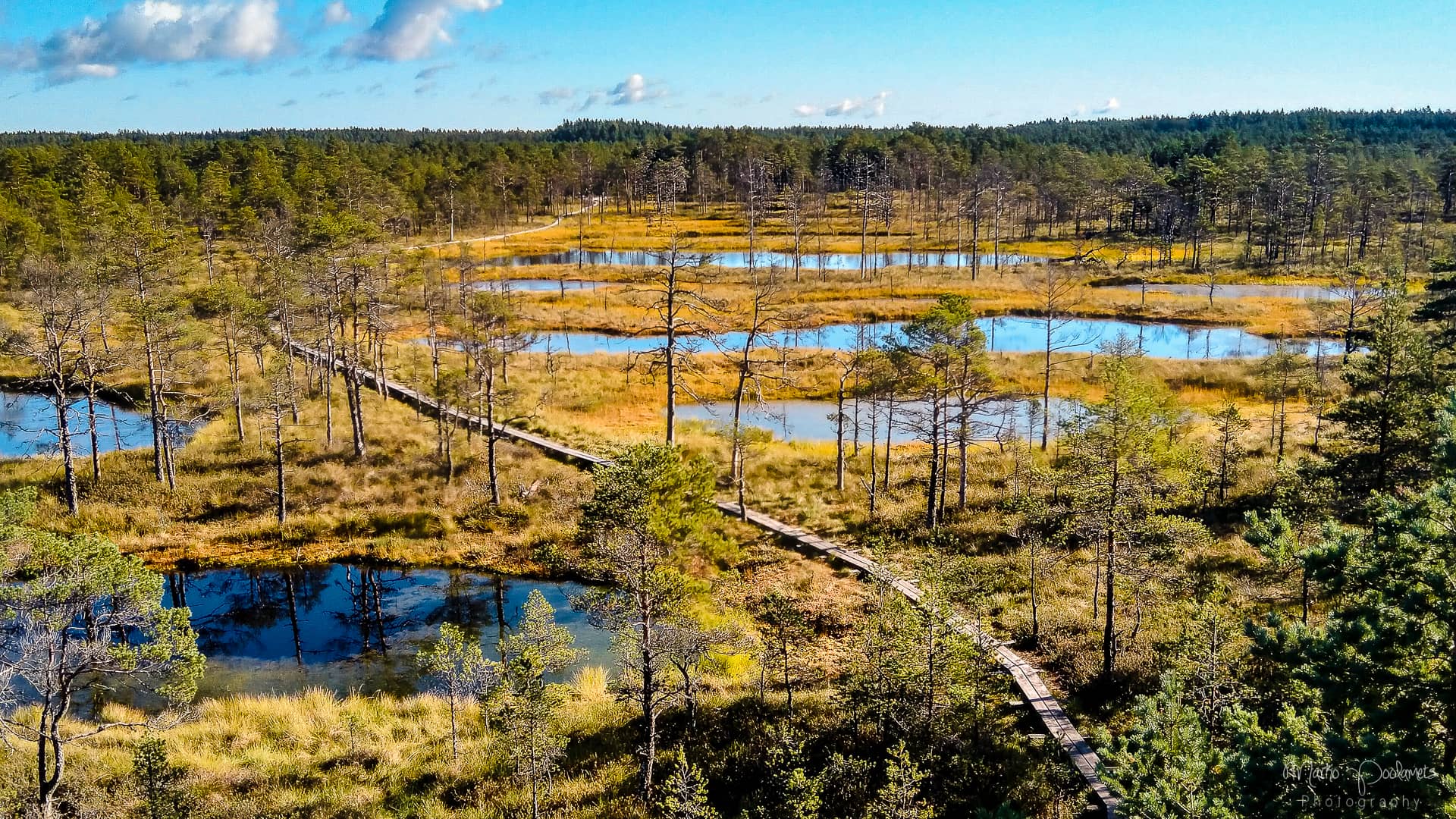

Comment (0)